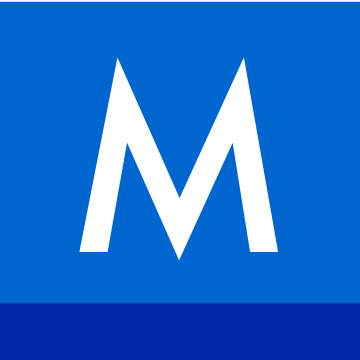“Lack of information is the root of all bad design decisions.” – Jared Spool
Usability studies are used to make informed decisions and validate the hypotheses used to build a design. Majority of the findings of usability studies are obtained from observing users perform tasks in the product / prototype.
I carried out moderated task-based remote usability studies at RightScale every quarter with anywhere between 3 to 12 participants to test the features and parts of the product I designed.
Planning
The planning phase of the study involves:
- Identifying the information we want to obtain from the study
- Write scripts and expect tangential conversation
- Set up testing environment – including building prototypes
- Conduct a dry run
- Schedule participants for the study
I do my planning on whiteboards, using card sorting and mind maps.
Conduct the Sessions
The usability studies conducted last anywhere between 20 to 60 minutes, depending on the complexity of the feature being tested, and how long the customer has.

I have found that especially for enterprise applications, moderated remote usability testing is the best method to use. Bringing users into the testing lab or going to visit users to observe them using the product in their environment is often cost prohibitive, and time consuming.
All sessions are recorded with the permission of the participants, and transcribed for reference and further analysis.
After every session, the participants and observers are debriefed. This often puts the observations in context, and provides the opportunity for participants to volunteer any information that may not have been strictly related to the study, but are relevant to their use of the product.
Analyze and Document Findings
Using transcripts and recordings of the usability studies, the findings of the study are analyzed. The feedback issues are aggregated and prioritized into various lists.
- Priority for users
- Priority for Project Management
- Ease of implementation (i.e. dev effort)
- New feature requests / Ideas
The findings are added to the knowledge base and linked to relevant documentation pages so that they can be easily referred to at a later date by designers and product managers alike.
Whether it is called Usability testing, or just getting feedback from the customers, different products require different kinds of usability studies.
